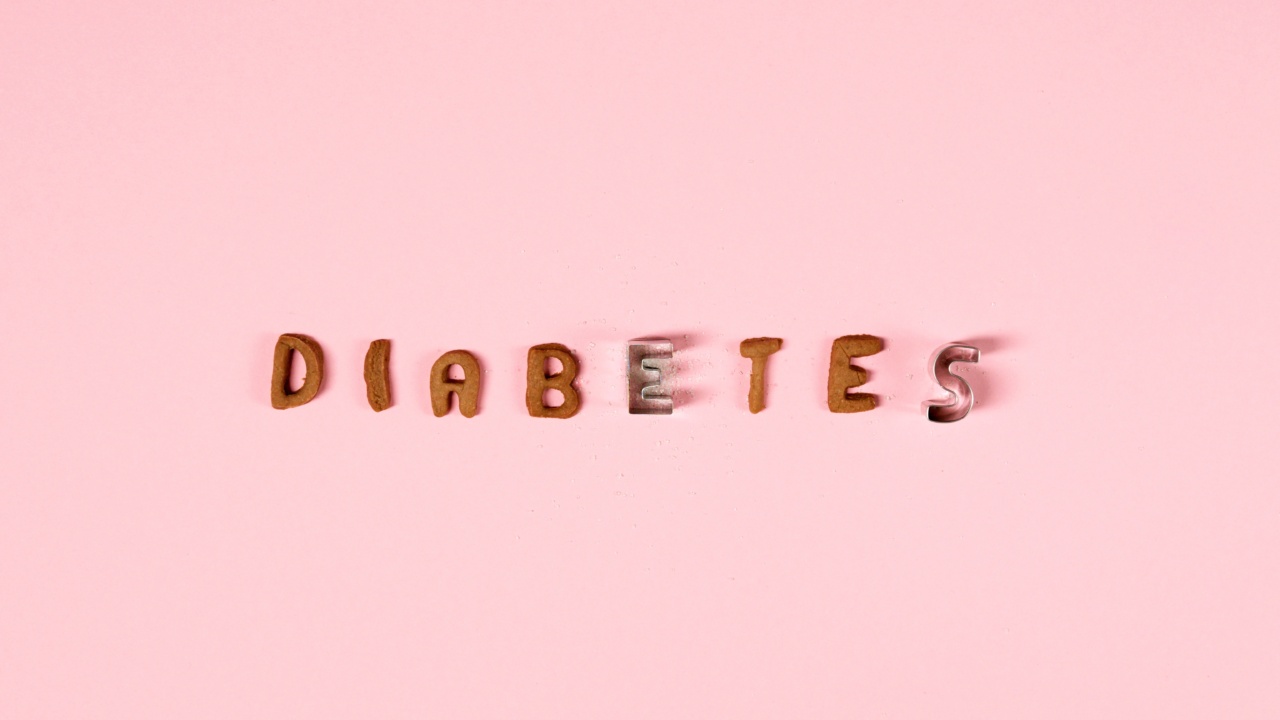Did you know that there are three hours in a typical day that increase the risk of type 2 diabetes and obesity? It may seem hard to believe that such a small amount of time can have such a big impact on our health, but it’s true.
In this article, we’ll explore what those three hours are, why they’re so risky, and what you can do to minimize your risk.
3-6 PM: The Risky Hours
The hours between 3-6 PM are the most dangerous for your health. During this time, many of us experience something called the “afternoon slump.” We feel tired, hungry, and generally unmotivated.
To combat this, we often turn to unhealthy snacks and sugary drinks to give us a quick boost of energy.
Unfortunately, this habit can have serious consequences for our health. Consuming too much sugar and processed foods can lead to weight gain, insulin resistance, and eventually type 2 diabetes.
In fact, research has shown that people who consume more sugar-sweetened beverages are at a greater risk of developing type 2 diabetes.
Why the Afternoon Slump Happens
The afternoon slump is a natural part of our circadian rhythm, which is our internal clock that regulates our sleep-wake cycle.
Around mid-afternoon, our body temperature drops, and our cortisol levels (the hormone that helps us stay alert) start to decline. This dip in energy is often why we feel tired and lethargic in the afternoon.
Another factor that contributes to the afternoon slump is our lunchtime habits. If we eat a heavy meal that’s high in carbs and low in protein and healthy fats, our blood sugar levels will spike and then crash, leading to a drop in energy.
How to Minimize Your Risk
So what can you do to minimize your risk of type 2 diabetes and obesity during the afternoon slump? Here are a few tips:.
1. Eat a well-balanced lunch.
Avoid carb-heavy meals and instead, opt for a meal that’s high in protein, healthy fats, and fiber. This will help keep your blood sugar levels stable and prevent a crash later in the day.
2. Take a short walk.
Even just 10-15 minutes of light exercise can help boost your energy levels and improve your mood. Plus, getting outside in the fresh air and sunshine can also help regulate your circadian rhythm.
3. Drink water.
Dehydration can make you feel lethargic and hungry, even when you’re not. Aim to drink at least 8 glasses of water throughout the day to stay hydrated and energized.
4. Avoid sugary snacks and drinks.
Instead of reaching for a candy bar or soda, choose a healthy snack like a piece of fruit or a handful of nuts. And if you need a boost of caffeine, choose black coffee or tea instead of a sugary drink.
5. Plan your meals and snacks in advance.
By having healthy snacks and meals ready to go, you’ll be less likely to reach for junk food when you’re feeling tired and hungry. Prep some veggies and hummus, or make a batch of homemade trail mix to have on hand throughout the week.
Conclusion
The afternoon slump may be a natural part of our daily rhythm, but it doesn’t have to derail our health.
By making a few simple changes to our lunchtime habits and afternoon routine, we can minimize our risk of type 2 diabetes and obesity and enjoy a healthier, more energetic lifestyle.





























